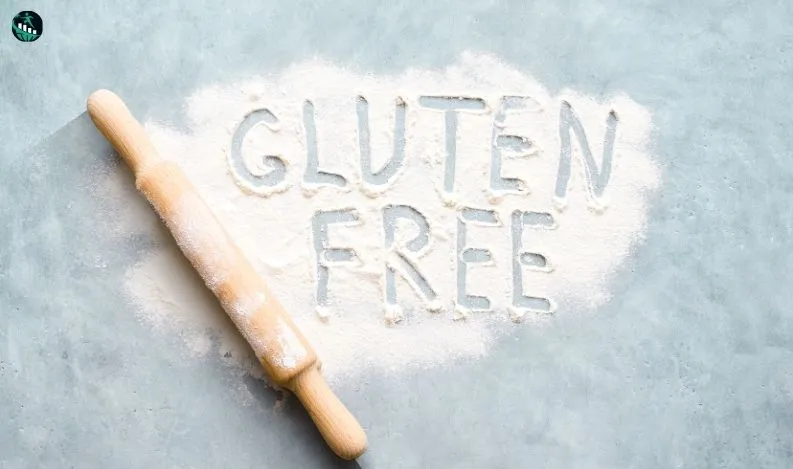
The Ultimate Guide to Gluten-Free Baking
The world of gluten-free baking is both a necessity and a choice for many. For those with celiac disease or gluten sensitivity, it's imperative to avoid gluten to maintain health. Meanwhile, others opt for a gluten-free lifestyle for its perceived benefits. Despite the reason, the absence of gluten presents unique challenges in baking, chiefly in achieving the desirable textures and flavors we associate with traditional baked goods. This guide aims to unravel the complexities of gluten-free baking, making it accessible and enjoyable for everyone.
Understanding Gluten-Free Baking
The Role of Gluten in Baking
Gluten is a protein found in wheat, barley, and rye. In traditional baking, gluten is vital for its ability to trap air, providing elasticity and structure. This gives bread its airy texture and cakes their tender crumb. In gluten-free baking, we seek alternatives that can mimic these properties to achieve comparable results without gluten.
The Importance of a Gluten-Free Diet
For individuals with celiac disease, consuming gluten triggers an autoimmune response, damaging the small intestine. Gluten sensitivity can cause symptoms like bloating, gas, and diarrhea. Beyond medical conditions, some people find that eliminating gluten from their diet helps with overall digestion and reduces inflammation.
Gluten-Free Flours: The Foundation
Transitioning to gluten-free baking starts with understanding the array of gluten-free flours available. Each flour — from almond and coconut to rice and oat — brings a unique texture, taste, and nutritional profile to baked goods. Mastering gluten-free baking often involves using a blend of these flours to replicate the properties of wheat flour.
Essential Ingredients for Gluten-Free Baking
Binders: Creating Structure
In the absence of gluten, binders like xanthan gum and guar gum are crucial. These ingredients help mimic gluten's binding properties, providing the structure necessary for cakes to rise, cookies to hold together, and bread to maintain a sliceable texture.
Leavening Agents: Ensuring Rise
Leavening agents are non-negotiable in gluten-free baking, as they are in traditional baking. Baking powder, baking soda, and yeast introduce air into the batter or dough, crucial for light and fluffy end products. The challenge in gluten-free baking is ensuring these agents work effectively with gluten-free flours.
Moisture and Fat: Achieving the Right Balance
Gluten-free flours often absorb more liquid and fat than their wheat-based counterparts. Adjusting recipes to increase moisture — through ingredients like milk, yogurt, or fruit purees — and fat — with oils or butter — is essential. This balance is key to avoiding the dry, crumbly textures commonly associated with gluten-free baked goods.
Techniques and Tips for Gluten-Free Baking
The Art of Mixing
Overmixing is a common pitfall in traditional baking, leading to tough textures. In gluten-free baking, the concern shifts to under-mixing. Ensuring that the flours and binders are thoroughly combined is crucial for structure and texture. However, overmixing can still be a concern with certain recipes, so finding the right balance is key.
Baking Times and Temperatures: A Delicate Balance
Gluten-free baked goods often require more precise baking times and temperatures. Lower temperatures and longer baking times can prevent the common issue of gummy centers with overcooked exteriors. This delicate balance ensures that your baked goods cook evenly throughout.
Storage Solutions for Freshness
Due to their unique ingredients, gluten-free baked goods can have a shorter shelf life than their gluten-containing counterparts. Proper storage is crucial. Airtight containers can keep cookies and breads fresh, while refrigeration or freezing can extend the life of cakes and pastries.
Dive into Gluten-Free Recipes
Bread: The Staple of the Table
A basic gluten-free bread recipe can be a gateway to numerous variations. Starting with a blend of rice and tapioca flours, adding a binder like xanthan gum, and using yeast for leavening can yield a bread that's both tasty and satisfyingly bread-like in texture.
Cookies: A Sweet Treat for All
Gluten-free cookies can vary widely in texture, from crisp to chewy. A basic recipe might start with a gluten-free flour blend, adding almond flour for richness. Binders help hold the cookies together, while adjustments in sugar and fat content can help achieve the desired texture.
Cakes and Pastries: Celebratory and Everyday Delights
Creating gluten-free cakes and pastries that rival their gluten-containing counterparts is entirely possible. The key is in the flour blend — a mix of fine rice flour and starches can create a light, airy cake. Eggs, particularly whipped egg whites, can introduce air and structure, while milk or buttermilk adds moisture.
Troubleshooting Gluten-Free Baking
Encountering issues is part of the baking process, more so in the gluten-free arena. Common problems include dry or crumbly textures, which might require more moisture or fat. Gummy textures might indicate overmixing or the need for a different flour blend. Each baking mishap is an opportunity to learn and refine your approach.
Conclusion
Gluten-free baking is a rewarding journey, filled with discoveries and delicious outcomes. This guide provides the foundation, but the essence of baking lies in the joy of experimenting, tasting, and sharing your creations. With these tips and techniques, you're well on your way to becoming a proficient gluten-free baker, ready to delight in the possibilities that gluten-free baking offers.
Also Read:-



Recent Comments: